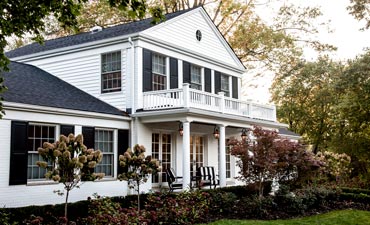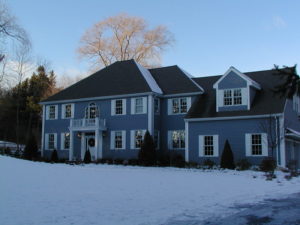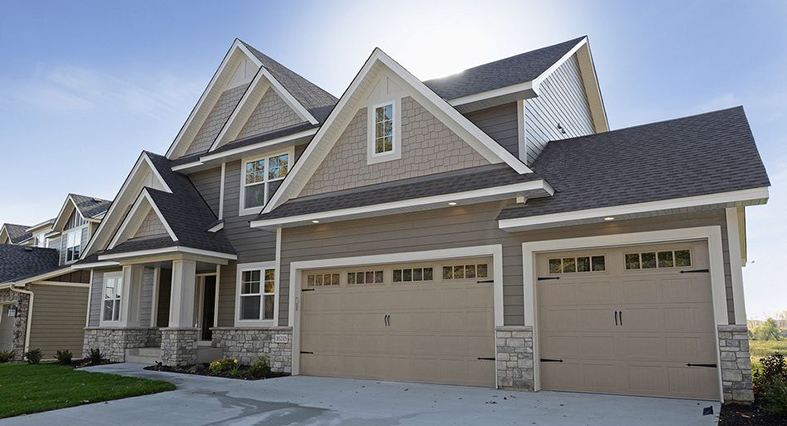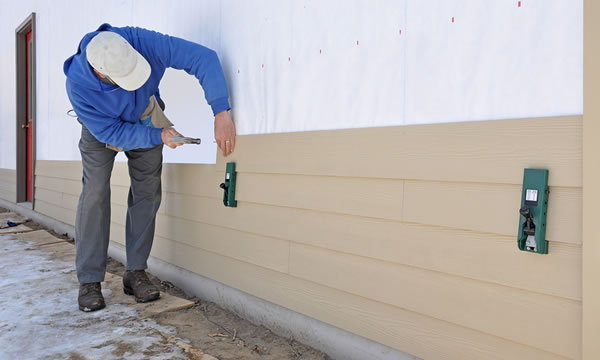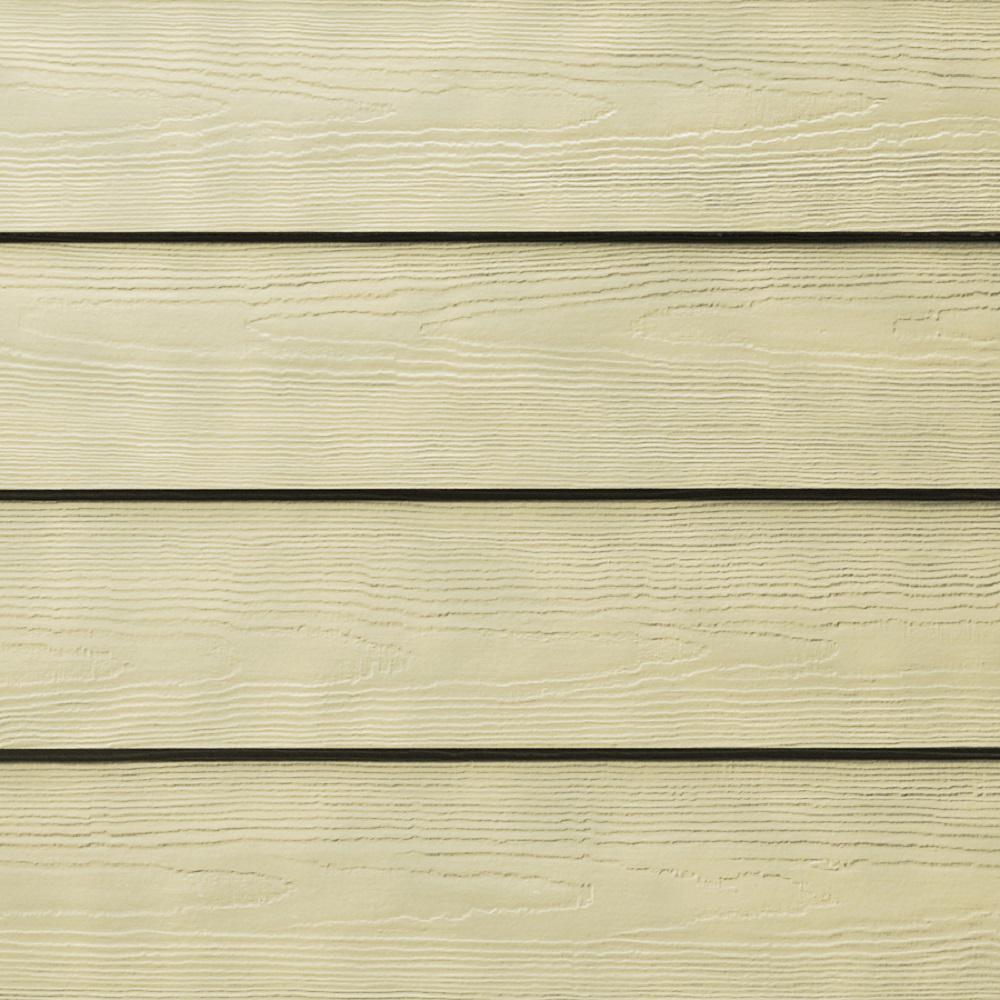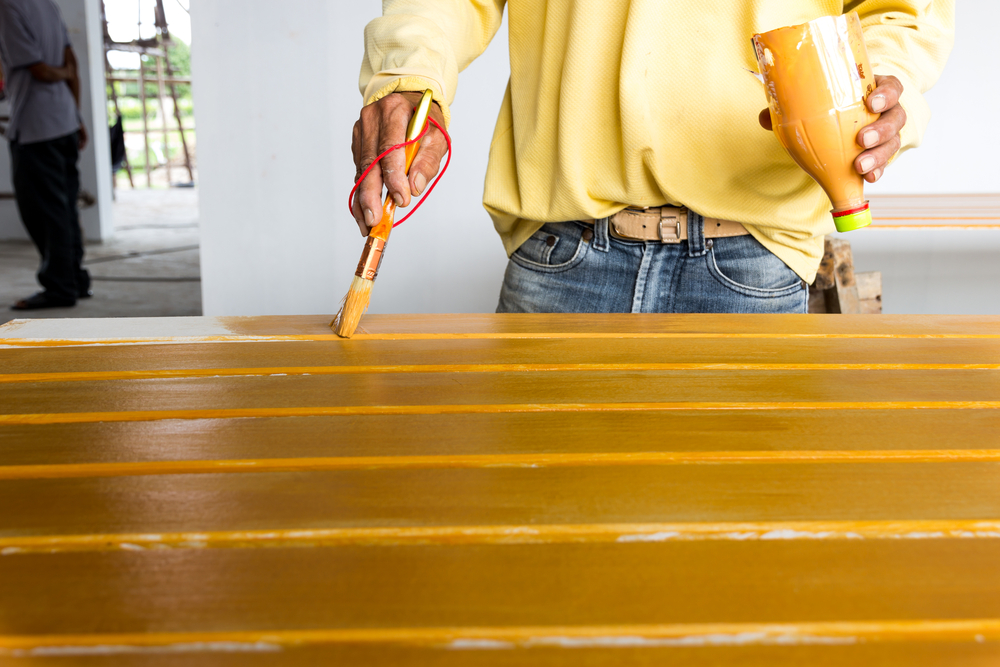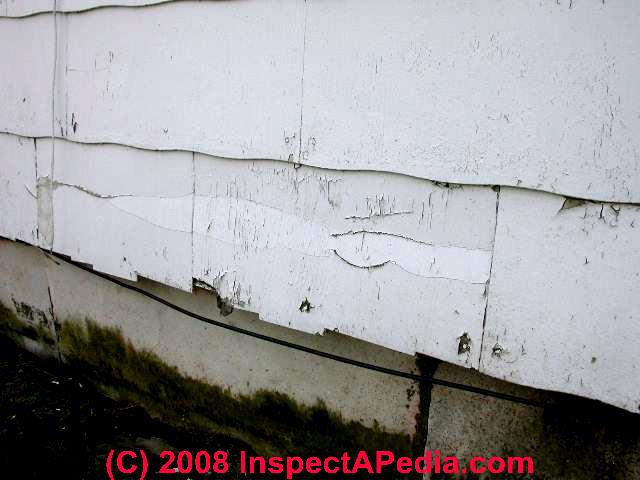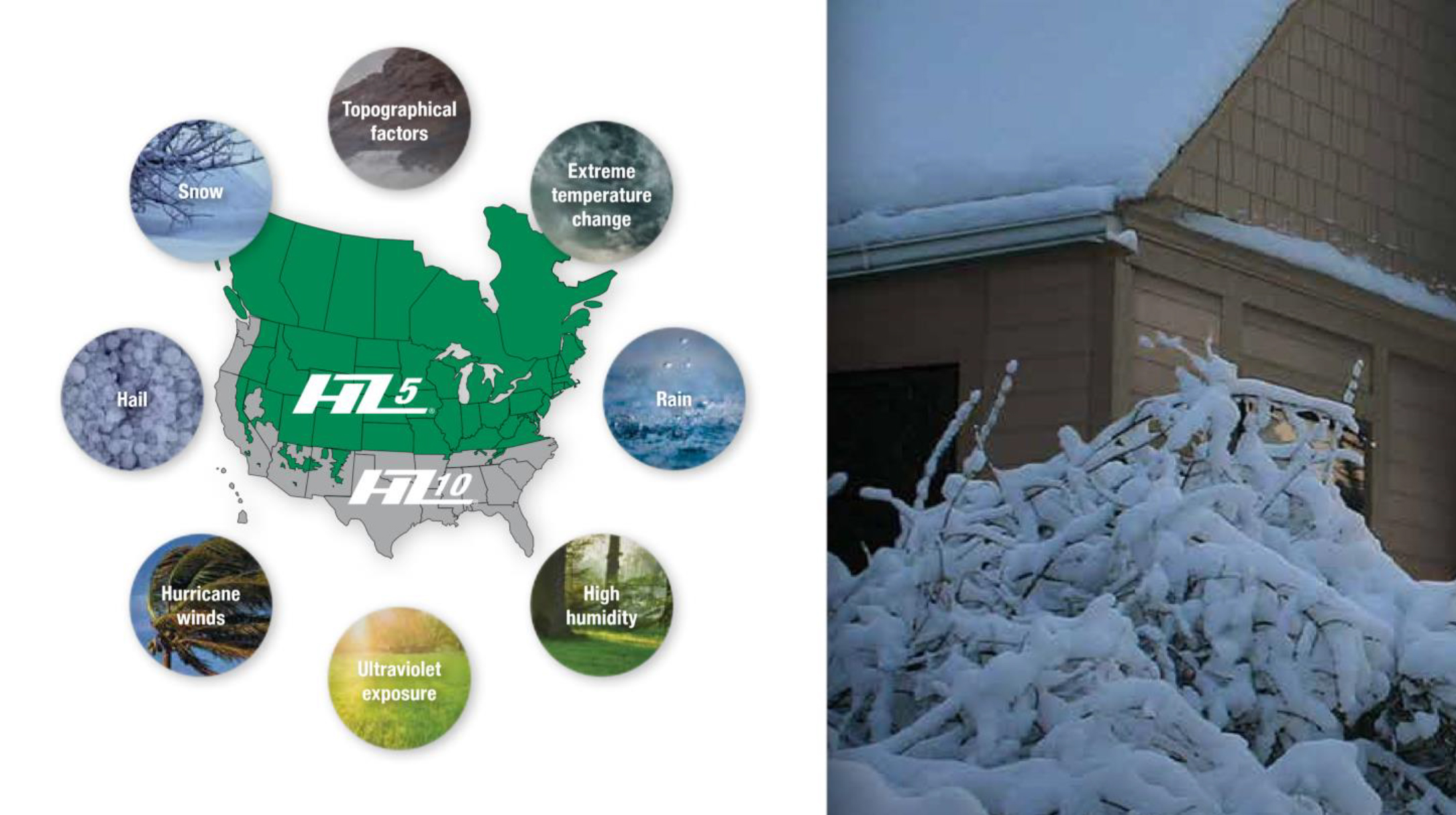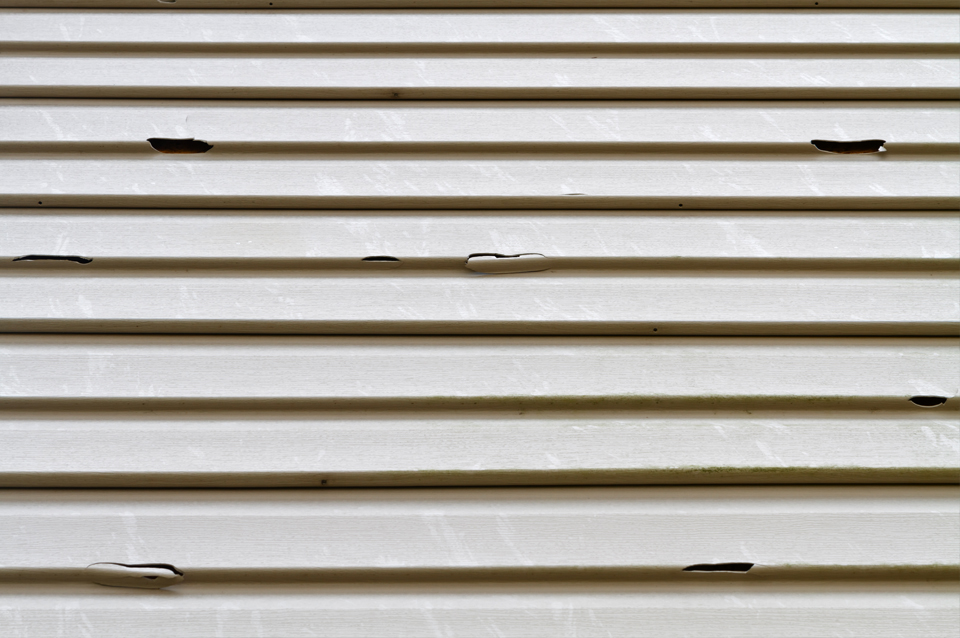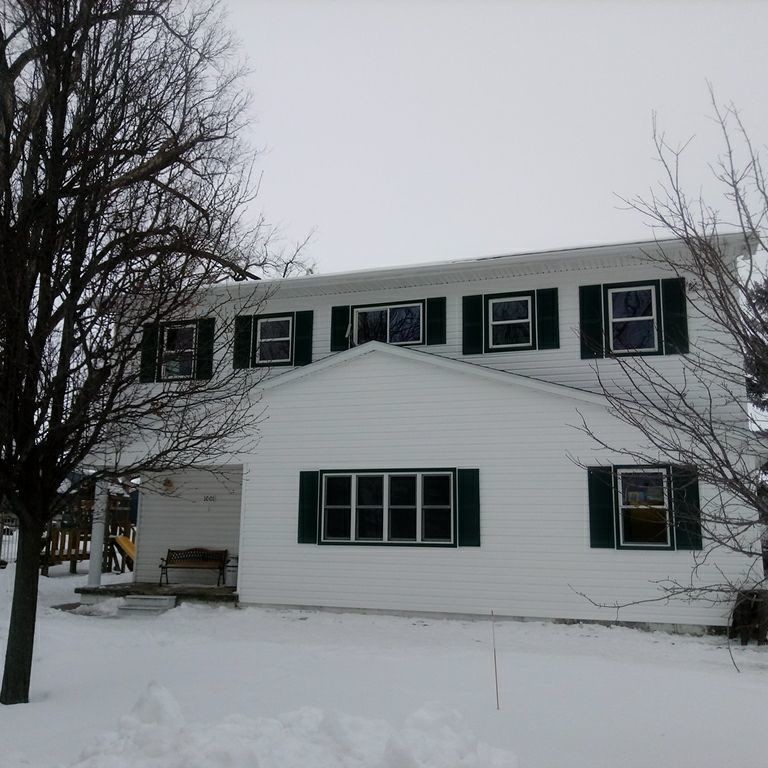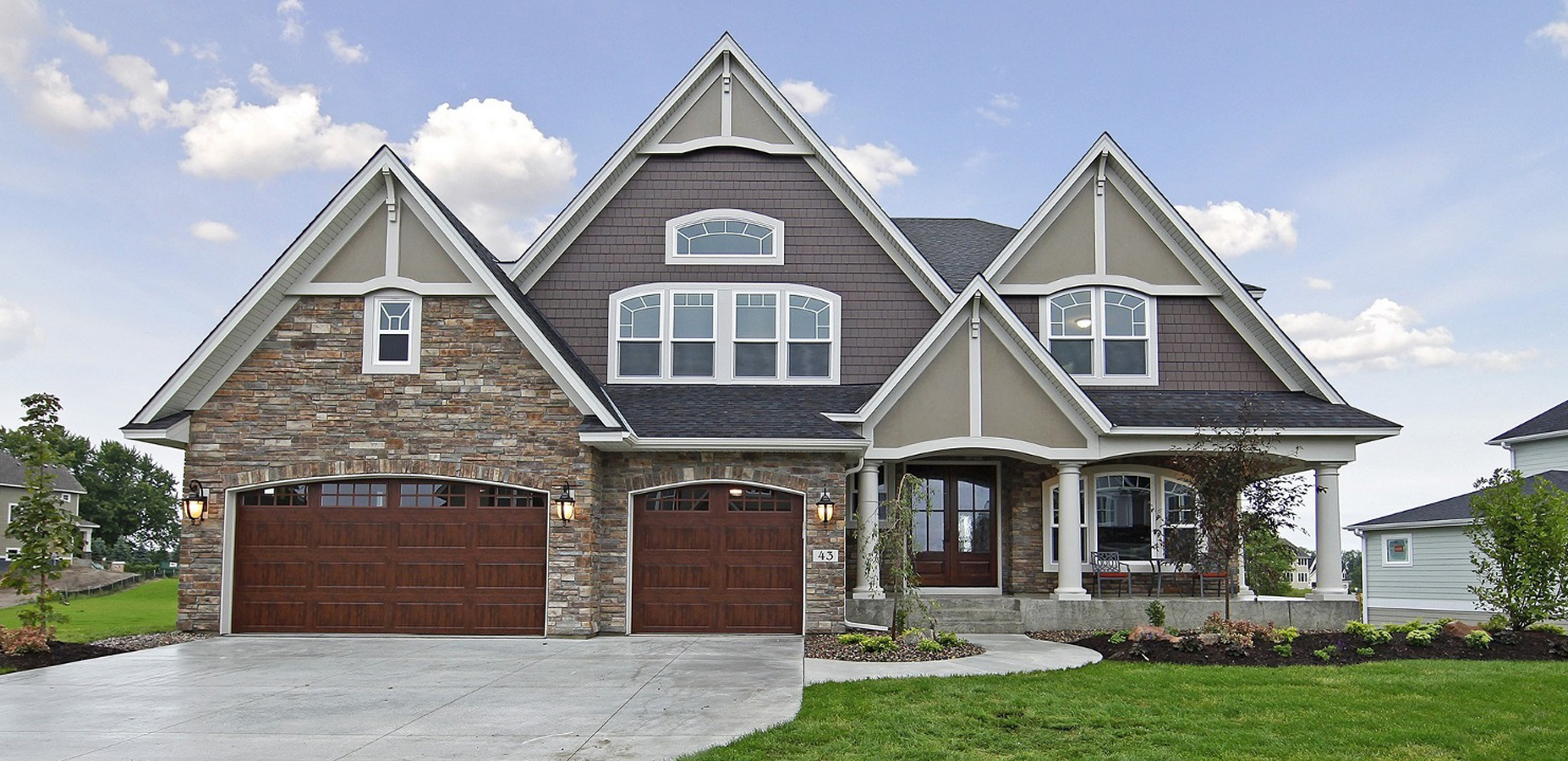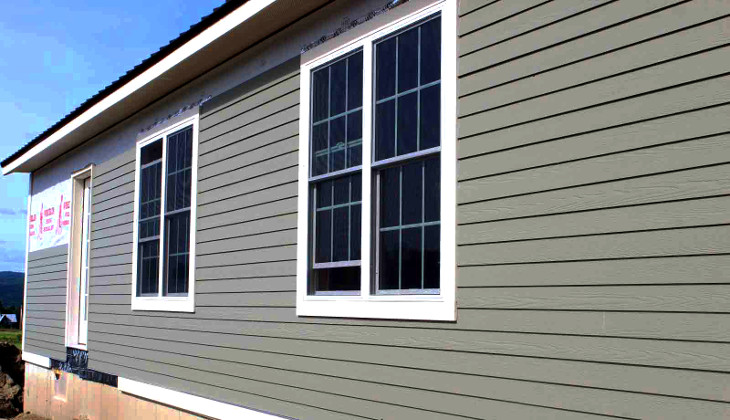Cement Board Siding Cold Weather

With proper installation cement siding is also water resistant.
Cement board siding cold weather. It easily withstands below zero temperatures and won t crack because of freeze thaw cycles. As a result james hardie gives you the ability to put the optimum siding on a project regardless of your location. You won t find yourself scraping or replacing siding in the spring just enjoying your durable low maintenance siding year round. Fiber cement siding can withstand the coldest harshest winters without issue.
Cheaper vinyl can get damaged by either extreme heat or cold and bend or crack with fluctuating weather. James hardie provides siding products that are engineered for climate. James hardie fiber cement siding resists the impact of hail and windblown debris and is designed to perform in extreme heat and cold. Strong winds and subzero temperatures will test the siding.
It provides siding with specific performance attributes relative to the climate where the product is being used. Add to this the potential for snow freezing rain and hail and winter can be the harshest season on home exteriors. Winter can be a challenging time for homeowners. As a mixture of cement sand and wood pulp fiber cement siding stands up well to almost any weather northern virginia can offer.
We call this the hardiezone system. Consider fiber cement siding for your northern home to weather the worst that winter storms can bring. Unlike vinyl fiber cement doesn t become brittle in cold weather. If you live in a colder area of the country there are insulated vinyls that can help.
Cedar and redwood stand up a little better than spruce or pine but if you want wood siding in northern virginia plan to clean and seal it regularly. Cement board siding protects your home from melting snow and ice which means your risk of mold mildew and rot goes down significantly. Instead fiber cement siding is resistant to cold temperatures so it won t crack or break.

